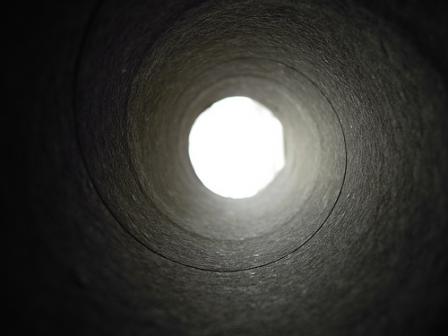Death. What is it exactly? Theists tell us of heavenly realms
of joy and hellfires of despair, atheists speak of eternal night and our
gradual reassimilation with the planet, while others resign to the sobering
notion that we simply cannot know until we’ve undergone the experience for ourselves.
Since time immemorial people have claimed to have gleaned a sneak
peek for what’s in store for us laying just beyond the chasm that separates
life and death. They’ve brought back fantastical stories of dark tunnels, seeing
the light, floating around in out-of-body
experiences, life reviews,
telepathically communicating with divine spirits, and a general sense of peace upwelling
from within, all colored within their own respective sociocultural garments.
What should we make of these stories? Are they merely delusions of a dying brain
seeking confabulations of comfort in one’s last breath on Earth? Or have people
steeped in the shallow end of one of humanity’s deepest mysteries to bear unto
us clues of life’s end?
It was once held that NDE’s were simply hallucinations,
products of wishful imaginations, or a psychological defense mechanism, aberrations
of the mind unworthy of serious scientific research. However, within the past two decades
or so, a steady increase in curiosity fluttering about the phenomenon has steadily
nudged it into gaining traction within the mainstream world.
Despite the
upsurge, the phenomenon tends to get left behind with philosophers since NDE
doesn’t lend itself to the luxuries of real-time analysis or safely replicable protocol
(for obvious reasons; imagine the plot of Flatliners
actually being carried out in med schools), forcing researchers to have to go
about this enquiry in a more indirect fashion.
In a somewhat unexpected disclosure from the scientific community, a study was recently released suggesting that memories of real occurrences within one’s life triggered during an NDE (near death experience) are actually more sensorially dense than our typical, everyday memory recall abilities due to physiological processes that take place during such events.
Within this particular experiment, scientists interviewed and
studied the memories of three groups of patients that had all survived a coma,
paying specific mind to their recollection of the NDE itself, memories
of events that had really transpired within their lives, and imagined events. What
was determined was that not only were NDE memories not similar to memories of
imagined events, but that the phenomenological characteristics inherent to the
memories of real events were even more numerous in NDE memories.
The thought behind this conclusion was that if NDE
memories were products of the imagination, their phenomenological characteristics
should be closer to those of imagined memories, with out-of-whack sensorial,
self-referential, and emotional features, than when compared to memories of
real events.
While the basis of the study was based off of the synthesis of compiled
anecdotal evidence, this is certainly a step forward for science to have publicly
tackled such a taboo subject. By the same token, it’s a shame spirit has still yet
to be recognized in the workings of science. It’s clear within the original article
that those conducting the study were trying to understand the phenomenon within
a purely materialist framework, even going as far as chalking up OBE’s to mere dysfunctions
of the temporo-parietal lobe. May anomalous fringe phenomena continue to plague
science in the eventual paving of a more broadened scientific perspective of
tomorrow.
Image by DanyUp, courtesy of Creative Commons licensing











